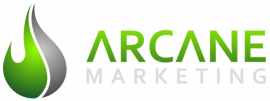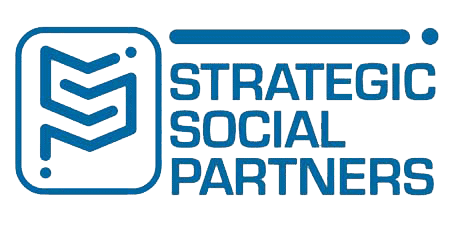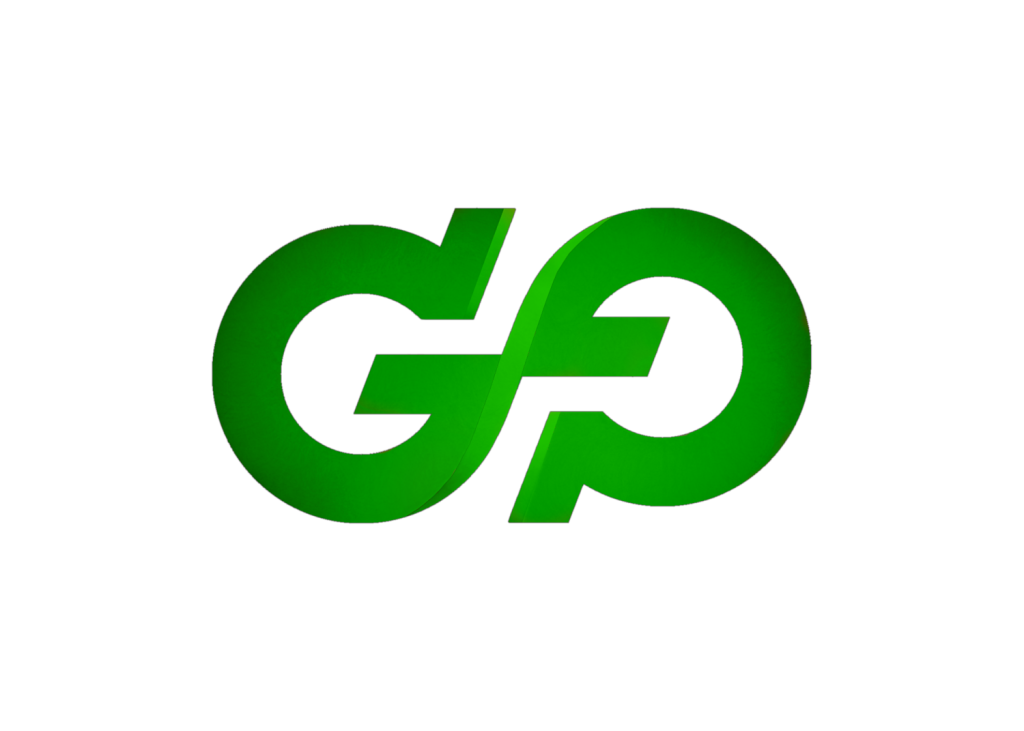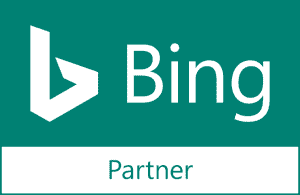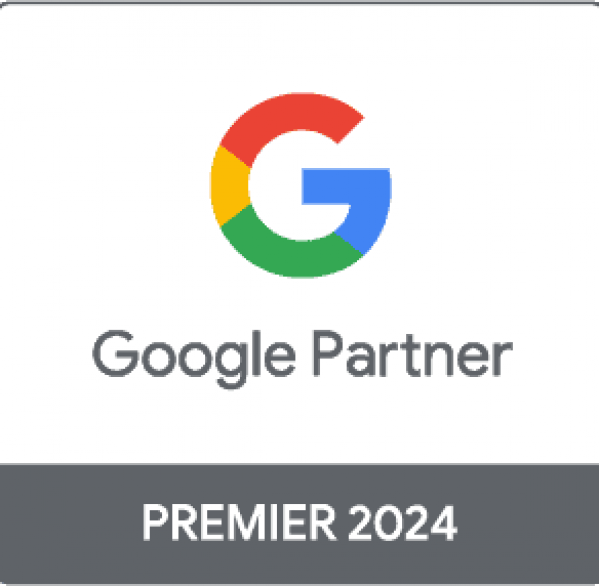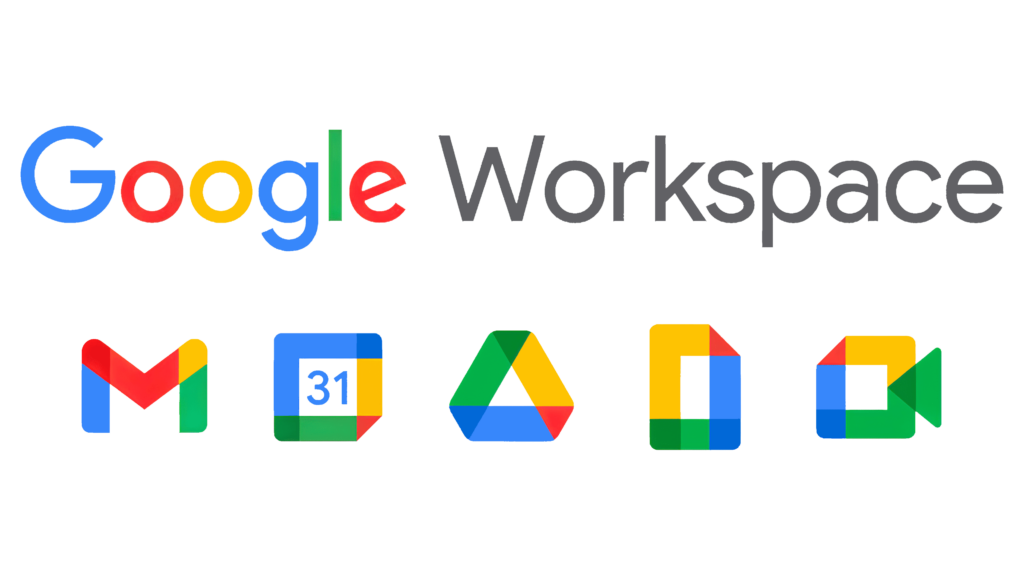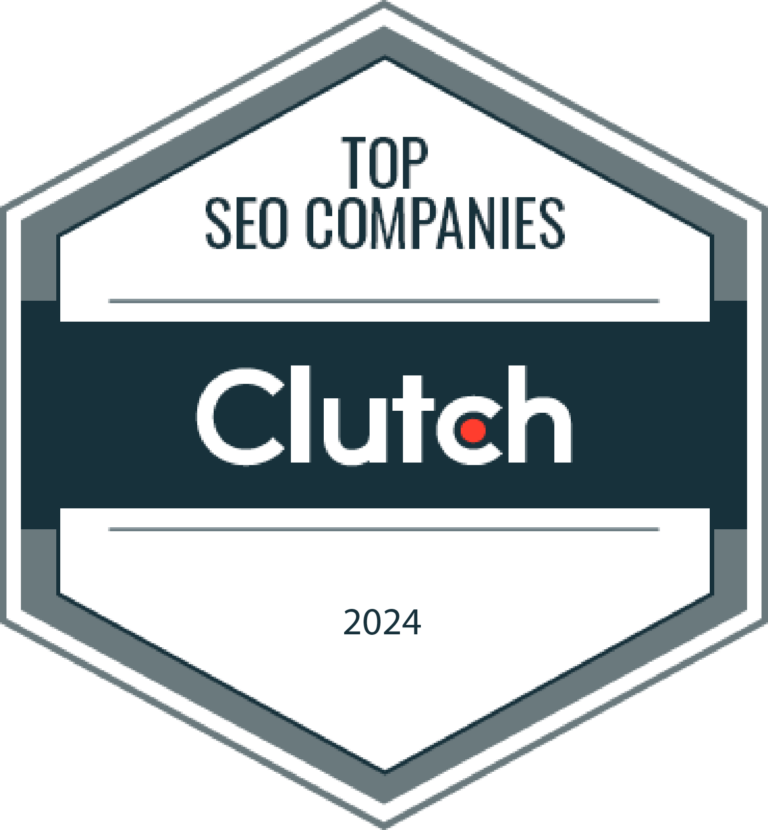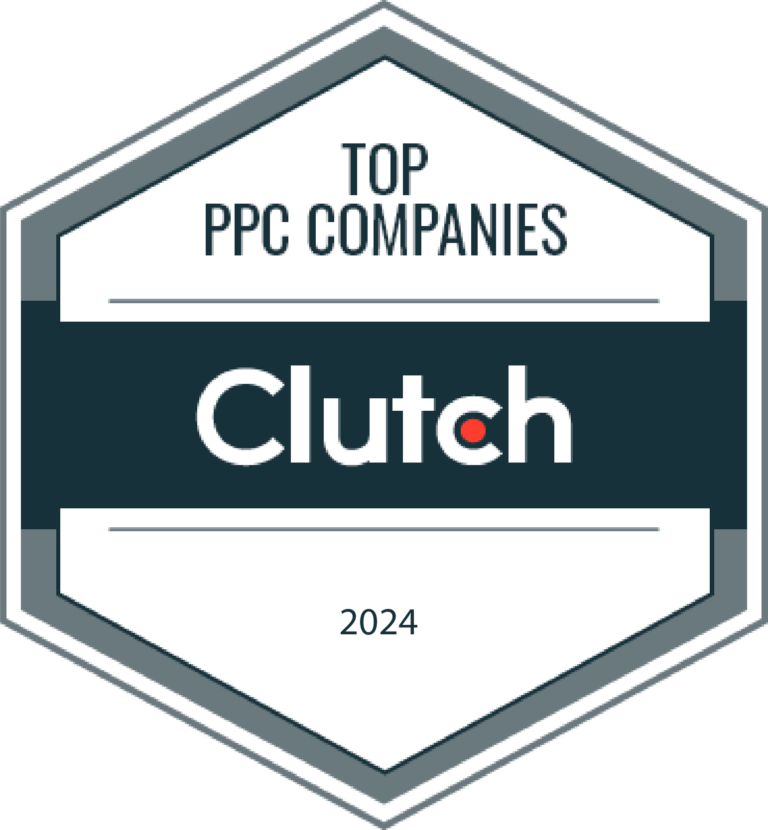SEO: 8 Popular Beliefs That Are Misconceptions
SEO Works: Misconceptions, Common Problems, the Solution & Lifting Penalties
1. Misconception: Impressive SEO is about tricks.
2. Misconception: Organic traffic and search engine rankings can increase due to paid advertising.
3. Misconception: Crawling and indexing are essential to SEO success.
4. Misconception: All meta tags are important.
- Use relevant topic keywords at the beginning; important topic keywords should be found within the first 60 characters.
- Avoid the use of too many stop words (such as for, with, to, in, and at) or words that break up the primary keywords. For example, if the primary keywords are “plumbing tools sale,” the meta title tag should be something along the lines of “Plumbing Tools Sale | Huge Discounts on Plumbing Equipment.”
- Concentrate on website description, and specifically what that particular page is about; avoid repetitive inclusion of brand name.
5. Misconception: Keyword-rich websites can go a long way.
Since the objective is the creation of quality content, effective SEO should focus on filling up a website with informational and educational relevant content. In doing so, keyword-rich pages shouldn’t be set aside. The goal here is not to just include your important keyword many times over. Google is looking for pages that are highly informative with substantiated information based on a topic. You should strategically use the right batch of terminologies; choose words wisely, and choose the probable ones that target visitors will type when using search engines. Keywords serve as a guideline; they play an essential role in guaranteeing that discussions of sorts are not off-topic.
Then again, avoid the excessive use of keywords and key phrases; use the target terminologies moderately. Keyword-stuffed content isn’t something to be proud of; it makes the readability meter decline. It increases the amount of content, but rather than create value, it only contributes nonsense and gibberish to a website. Appreciating the concept of keyword density (or the ratio of words to the number of keywords) is one thing; keyword stuffing and keyword spamming are another thing entirely.
Here’s an example of bad content:
We sell assorted trampolines. The trampolines for sale can be viewed at our website’s gallery. You can choose from available trampolines—depending on trampoline size, trampoline type, and trampoline brand.
Don’t forget, you want to inform your visitor, not just the search engines. You can impress the search engines a lot better by including a lot of useful information, education, and make your page look authoritative. It’s okay to talk about particular keywords, but you want to become the king of the topic. That is the key to getting your page to perform well. We don’t refer to this as keyword ranking, but rather on-page topic SEO.
6. Misconception: The more inbound links there are, the better.
What should link building look like instead?
There are two other significant points of link building that most people fail to realize. (1) The amount of links you’ve had pointing to your website historically matters compared to the number of new links you’re planning to build. You can’t go too fast or you’ll be penalized… even if they are useful links. We call this “link velocity.” It’s the amount of new or lost links over a period of time. (2) The places you obtain links from should vary, just like a natural website would be able to achieve. You can’t have only a large quantity of just 1 type of link. For example, don’t go overboard on directory submissions. Having 100 directory links and 0 of another kind of link from another source makes your link building look unnatural and suspicious. It’s easy to see this type of activity from the search engines perspective and easy to catch you in the act. Don’t get penalized by taking the lazy road to link building. Diversify your links and the types you acquire as well as how fast you receive them.
7. Misconception: SEO methods are classic methods.
8. Misconception: SEO is simply about ranking #1 in search results.
What SEO should be about (apart from aiming for #1):
- First and foremost, good user experience with website layout and information presented
- A well web-mastered website so that not only is your website functional, but the small details are paid attention to
- Content creation or the website’s highly informative and valuable features
- Website usability or the web site’s functionality concerning readability, speed, and performance
- Direct marketing or the process of distributing services from your brand directly
- Keyword targeting or the process of connecting with users through definite words and phrases based on topics that you can present in a professional and entertaining manner
- Lead acquisition/eCommerce revenue or the process of establishing traffic to your website through the most influential industry names
- Link building or the gradual inclusion of links as well as trustworthy and relevant outside sources
- On-page and off-page optimization or the strategic design process for your website
- Positive influential impact or the establishment of your brand’s ability to be recognized as an industry leader
- Reputation management or the establishment of your brand’s credibility; also refers to the establishment of your website’s reputation as a dependable source
Common SEO Penalties & the Solution
Search engine teams consider specific SEO methodologies questionable and even perceive these methodologies as a means for further corrupt practices.
Consequently, this leads to banishment or removing your URL from the search index. You should thus figure out if your website (or your website’s homepage) is still listed in the search engines results. Take measures to have it indexed again by coordinating with Google Search Console. You should also figure out the reason for your website’s banishment and immediately modify your SEO strategies accordingly.
Penalty: Manipulative linking and deceptive hosting
Manipulative linking is accountable to search engine teams’ penalties since it forces unnecessary traffic. You may get visitors, but these are visitors who are not interested in your brand. Some of the types of links to avoid are article marketing links, websites with cleansing domains, blogs with single posts, over-optimized anchor text links, and low-quality press releases.
Solutions:
- Make sure that your website still ranks according to uniquely branded terms or its domain name.
- Check and remove irrelevant and potentially harmful outbound links.
- Make sure that your website is user-friendly; avoid disabling functions (such as the back and exit buttons) that would otherwise force visitors to stay.
- Avoid hiding codes through crafty use of CSS and NoScript tags.
- Remove paid links and avoid engaging in wheeling.
- Remove irrelevant inbound and devaluated links.
Penalty: Cloaking
Cloaking is a process that involves the submission of 2 different batches of reports; the reports passed to search engine teams vary from the reports that are viewable to your website visitors. However, while it is sometimes considered acceptable (i.e., It can raise traffic.), cloaking methods can lead to SEO-related penalties. To be safe, it is therefore recommended to eliminate the practices by divulging information openly.
Solution:
- Evaluate all the information on your website.
- Avoid hiding HTML codes.
- Remove redirect URLs.
Penalty: Off-site and on-site spam
If your website has a bounce rate (or immediate clicks to a different site) of greater than 50%, it could mean that little to no effort was exerted for the engagement of visitors. Since search engine teams are convinced that your website is incapable of satisfying visitors, they can view this as a valid reason to issue a penalty.
Solution:
- Filter information and make sure to remove unnecessary data.
- Remove low-value, overlapping, and duplicate content.
- Removed scraped content or unoriginal content
- Remove ad-heavy web pages.
- Remove irrelevant inbound and outbound links.
Penalty: Keyword stuffing
Since enhancing educational value is the primary concern, keyword stuffing can get your website banned. Using the right terms can win you potential visitors, but only through proper usage can visitors find enough reasons to remain on your site and explore further. While there are clever ways to use keywords and key phrases, try not to go overboard. Always make sure that quality is delivered.
Solution:
- Evaluate meta tags; make sure that keywords and key phrases are used sparingly.
- Remove repetitive content; remove posts about similar topics.
- Write fresh, high-quality content.
What to Do with Search Engine Penalties
In case you were unable to avoid committing erroneous SEO practices due to the different misconceptions about SEO, you should take the initiative by reversing the situation immediately. Specifically, you should apply the measures necessary for lifting the penalties. Search engine teams may not have the legal permission to reject a website, but they hold the authority to take action upon identifying violations; insisting with flawed methodologies can jeopardize brand reputation and put you on a blacklist. Remember that inclusion in search engine rankings is a mere privilege; it is not a right.
How to lift and remove SEO-related penalties:
- Build trust between your website and search engine teams. It can be accomplished by enabling website registration with search engines’ Webmaster Tools.
- Check for accessibility-related issues; detect server errors, spam alerts, warning messages, and broken pages. It’s not a rare possibility for your website to be flagged for spam when, in fact, accessibility is the problem.
- Modify corrupt SEO practices. List down faults then fix them before submission, for example, with a keyword-stuffed page on your website. Consider writing a much better version by adhering to the rules on keywords.
- Prepare for submission. Remember to establish a trustworthy reputation by disclosing all information (even sensitive data) to search engine teams. You should admit to corrupt SEO practices if you are guilty of such. It can benefit both parties; while helping you earn trust, it can help the search engine teams improve algorithms.
- Continue building trust between your website and search engine teams. Instead of public form submission, send a re-inclusion request directly to search engines’ Webmaster Tools service.
